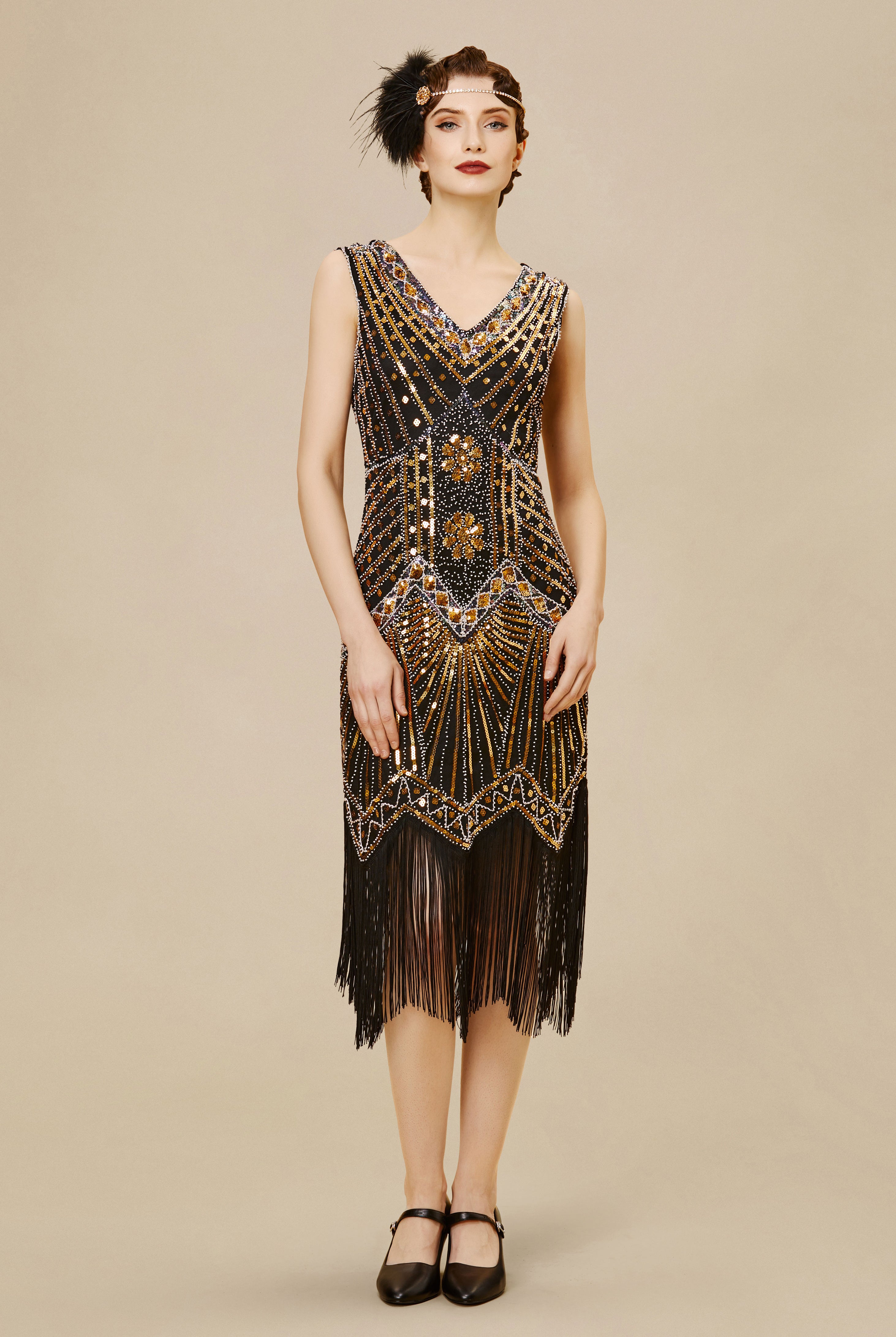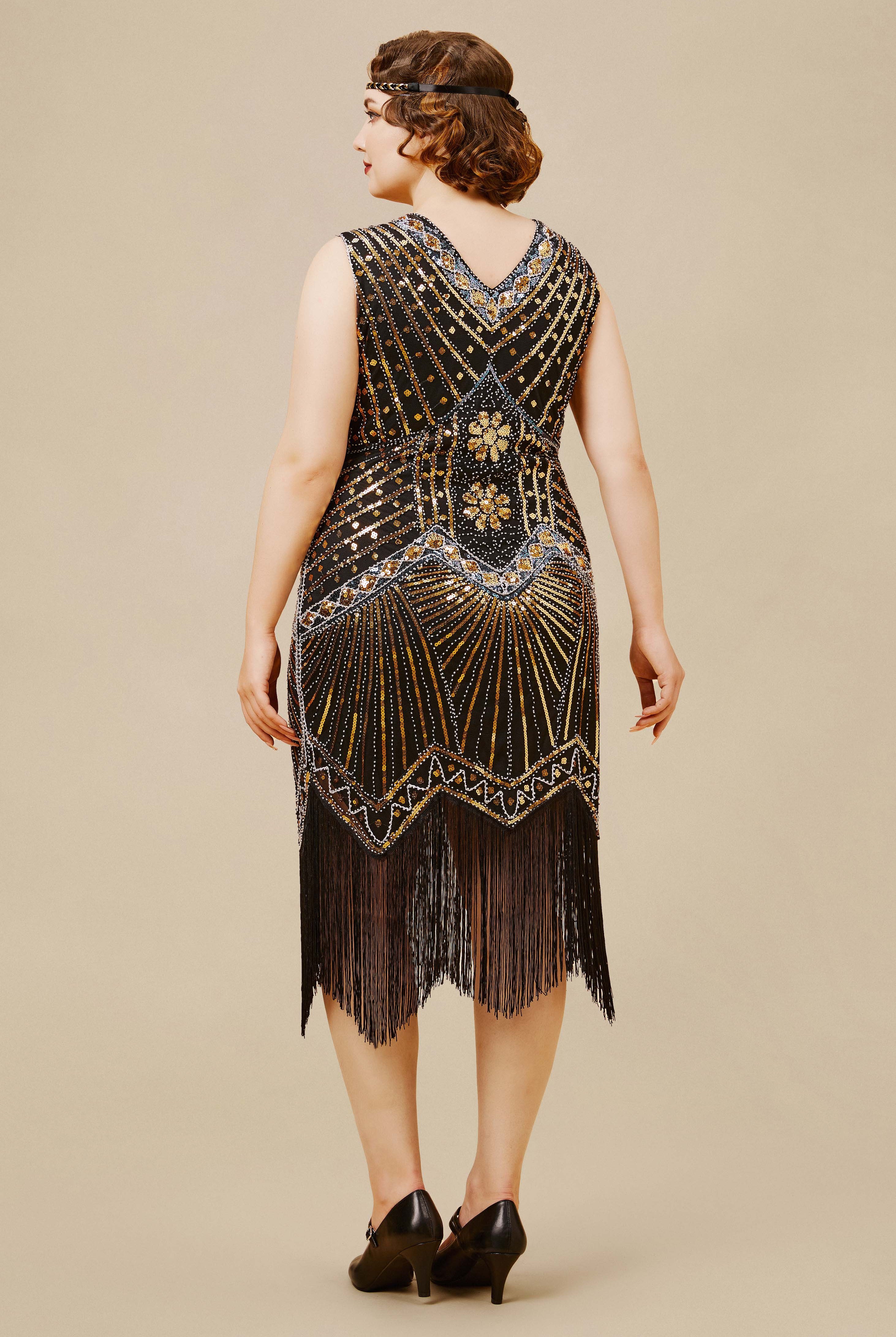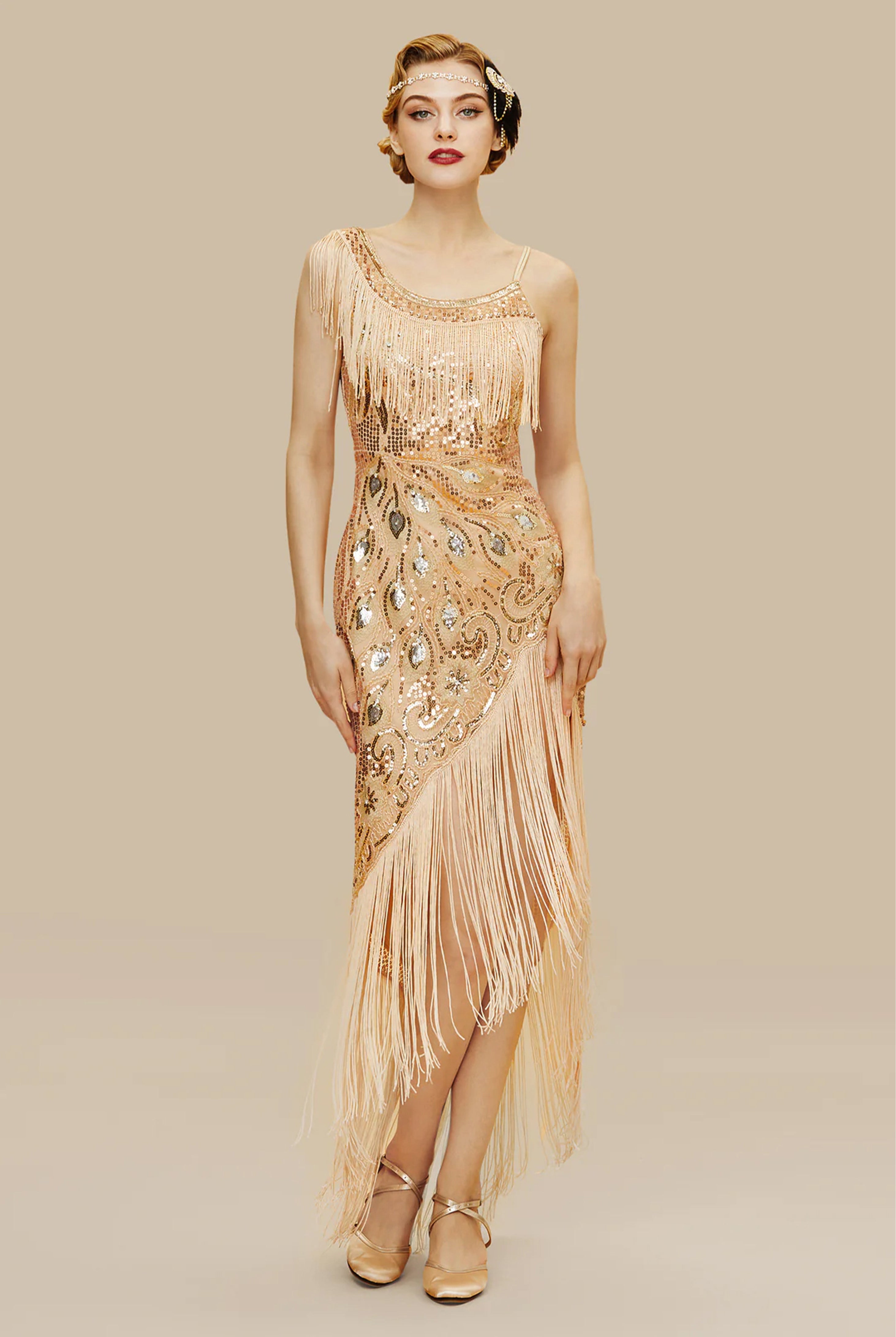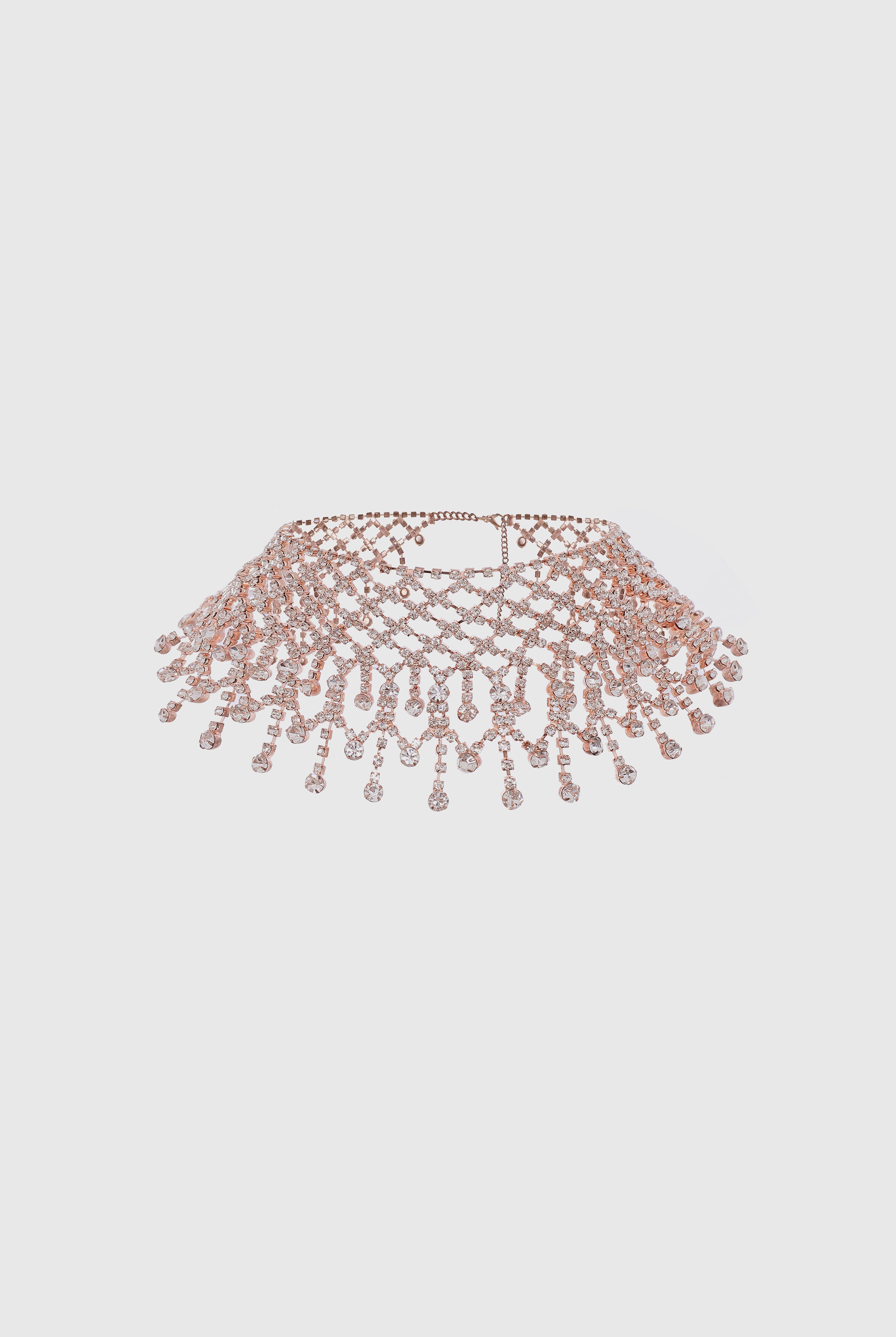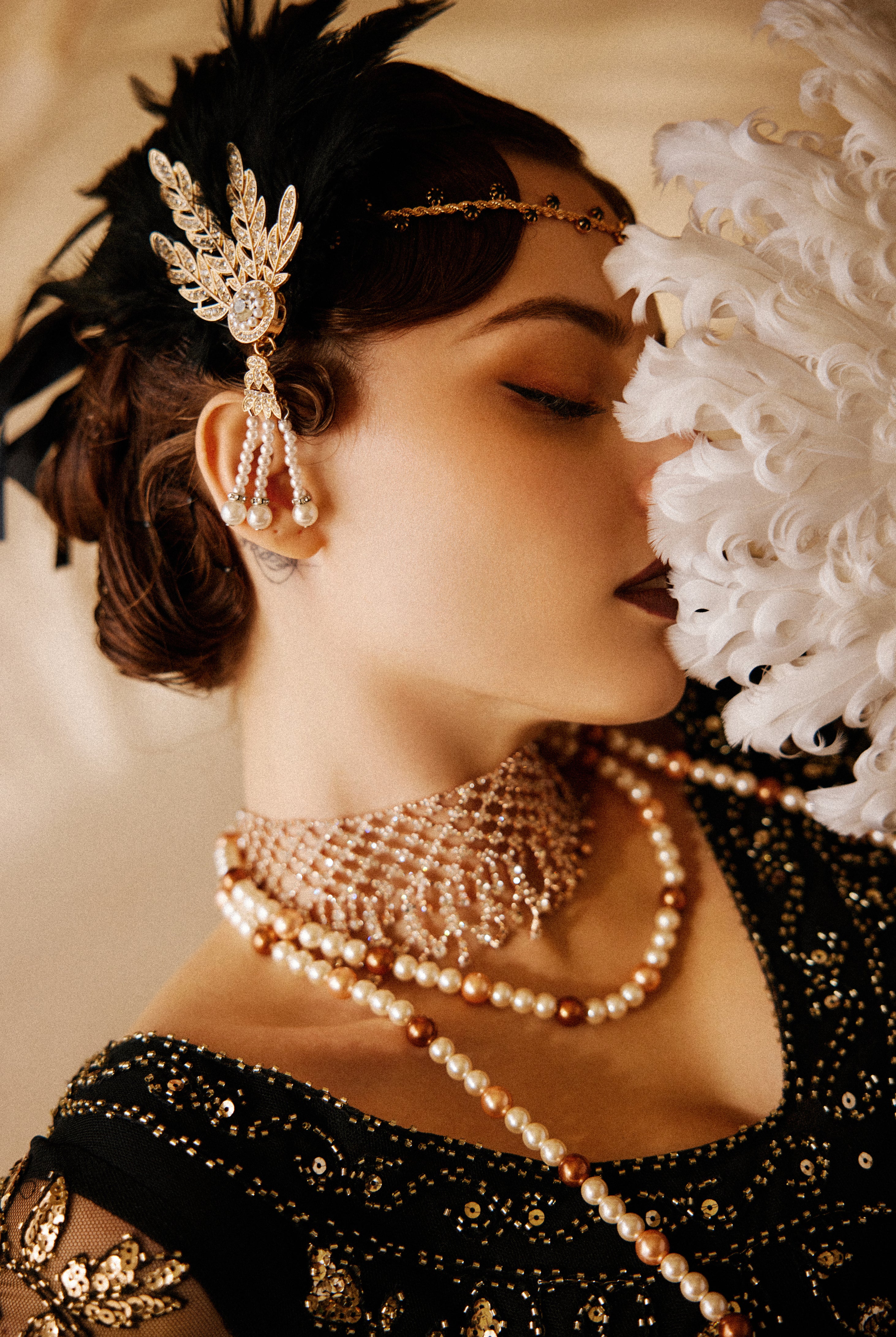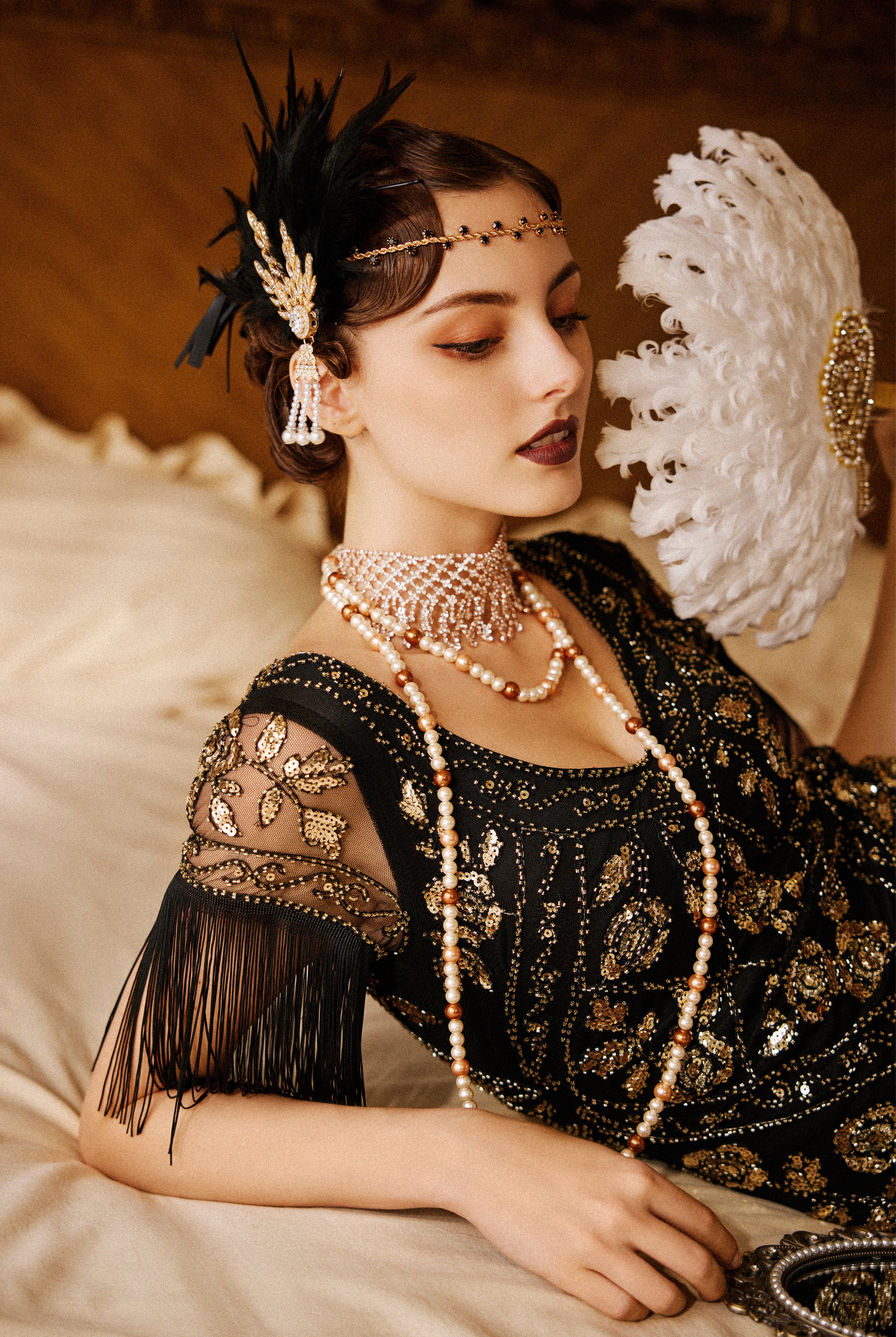
A Journey Through the Evolution of Jazz Music
Life is a lot like jazz...it's best when you improvise.-- George Gershwin
April 11, 2023 | By Emily Aniston
©The Deep Lounge Music orchestra was created by Merv de Peyer.Merv
The 1920s is often referred to as the "Jazz Age" because of the significant role that Jazz music played in shaping the cultural and social landscape of the era. The Jazz Age was characterized by a new sense of freedom and liberation in fashion, literature, and other arts, which mirrored the spirit of Jazz music.

Erskine Tate's Vendome Orchestra
© Vivian G. Harsh Research Collection of Afro-American History and Literature
What is Jazz?
Jazz music was born in the African American communities of the southern United States. The genre originated from a blend of African rhythms and European harmonies and instrumentation. The earliest forms of Jazz were rooted in blues and ragtime, which eventually evolved into swing, bebop, cool jazz, and fusion.
Louis Armstrong, Duke Ellington, Charlie Parker, Miles Davis, and John Coltrane are some of the most influential Jazz artists in history. These musicians not only contributed to the evolution of Jazz but also helped break down racial barriers and promote social change.

© Bettmann, Getty Images
Styles and sub-genres of Jazz music
Each style and sub-genre of Jazz has its unique characteristics, instrumentation, and players. Swing was the dominant style during the 1930s and 1940s, with popular bands led by Benny Goodman, Count Basie, and Glenn Miller. Bebop emerged in the 1940s as a response to the commercialization of Jazz, with artists such as Dizzy Gillespie and Charlie Parker exploring new harmonic and rhythmic possibilities. Cool jazz, which emerged in the 1950s, featured a more relaxed and laid-back sound, with Miles Davis and Chet Baker leading the charge. Fusion, which emerged in the late 1960s, blended Jazz with rock, funk, and electronic music.

Louis Cotton Club Band. © Photograph by Block Brothers Studio, ca. 1925. Missouri History Museum Photographs and Prints Collections.
Jazz music and fashion
The fashion and music of the Jazz Age were closely intertwined. The energetic and liberating rhythms of Jazz music provided the perfect soundtrack for the fashion revolution of the era. Flappers danced the Charleston and other popular Jazz Age dances in their beaded dresses and feather boas, while Jazz musicians sported sharp suits and stylish accessories. Jazz Age fashion was also reflected in album covers and other promotional materials for Jazz music, with Jazz musicians often posing in the latest styles.

Jazz party ©april-mo on flickr








